Thermal management optimization prevents heat conduction between cells and reduces the risk of thermal runaway.
Research & Development Excellence
Pioneering the future of electric mobility through breakthrough battery technology, providing safer and smarter energy solutions for your electric vehicles
630
Staff of R&D Team
479
Battery patents
622,000
Total PACK delivery(pcs)
15.11
Total driving range(billion km)
R&D Capabilities
TOP 2 among Auto manufacturers with the independence of self-developed/ -made, including the PACK construction design/BMS development/CFD&CAE simulation/validation.
PACK/Module Design

• Mechanical Design
• Electrical Design
• Thermal Management Design
Simulation

• Thermal Simulation
• Structure Simulation
• Thermal Runaway Simulation
Validation

• Safety Testing
• Electrical Performance Testing
• Duration Testing
BMS Development
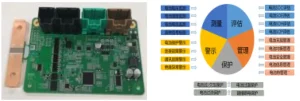
• SW and HW
• BMS Algorithms
• Big Data+ AI BMS
Process Technology

• Thermal Simulation
• Structure Simulation
• Thermal Runaway Simulation
Auto Manufacture

• PACK Production Line
• BMS Production Line
• BDU Production Line
Thermal Safety Design
Improve the operating efficiency of lithium-ion batteries through thermal management, improve battery safety and reliability, slow down battery aging rate, and extend battery life
Cell Simulation
Based on the cell temperature distribution with lithium dendrites formation, to evaluate the safety risk during charging process.
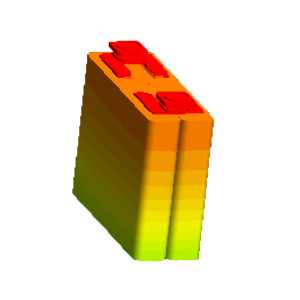
Based on cell heat production, gas production and particle ejection to match corresponding protection design
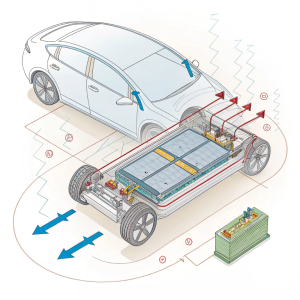
Module/PACK Protection
Aerogel pad between cells
Mica sheet on module
Silicon tape on busbar to prevent short circuit

Thermal Runaway Protection Design
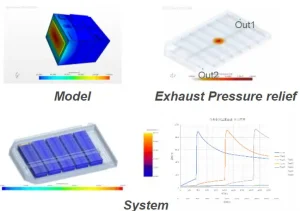
BMS Strategy
LCM strategy, optimize battery cut-off voltage to reduce cell safety risks and extend useful life
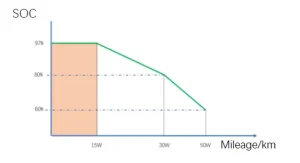
Reverse wake up + active cooling strategy:
Reverse wake up BMS and provide water
cooling in case of thermal case with effectively reducing the risk of thermal propagation and get more battery information for the further analysis

AI-BMS Pre-warning
AI BMS pre-warning by analysis the battery data
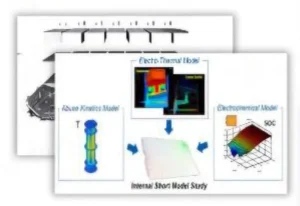
Mechanism Analysis
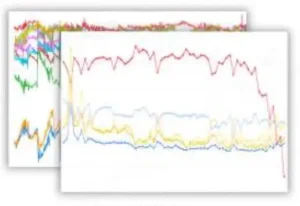
Internal Short Circuit Model
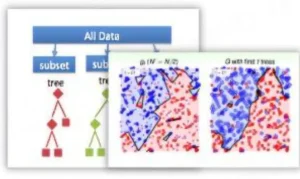
Machine Learning Algorithm
Reliability Design
Reliability design refer to the aviation industry requirement
Production Ready
DFMEA
•Requirements Analysis
•Structure Analysis
•Function Analysis
•Failure Analysis
•Risk Analysis
•Optimization
Production Progress
Durability Assessment
•Components
•Cell
•System
Production Acceptance
Reliability Validation
•Components level
•Cell level
•Module level
•PACK level
•Vehicle level
Production Test
Failure Analysis
•Market failure data
•Failure Root Cause
•Failure Mode
•Failure Effect
Battery System Life Cycle Assessment
Driving profile analysis, pack design and simulation, cell and pack level duration test.
Driving Profile

Operating Conditions

Daily Mileage Distribution

Temperature Profile
Pack Design

Pack Information

Pack Design
Model DesignPack Design

Thermal Management
Cycle Life Data
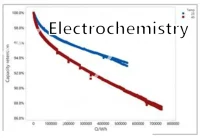
Cell Cycle Life Data
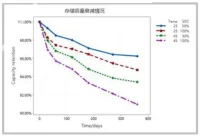
Cell Storage Life Data
Simulation
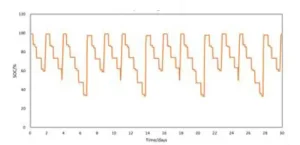
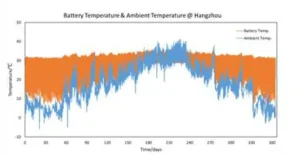
Cycle Deterioration Curve
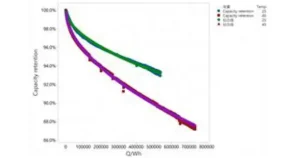
Final Research Results
Pack Lifetime Assessment/year

Pack Lifetime Assessment/km
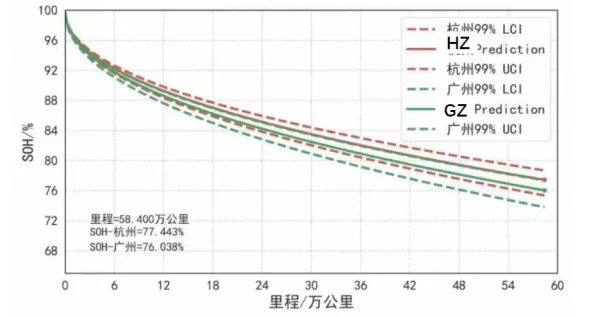
Battery Lifetime Data Managerment System
Battery big data platform record all battery life cycle data, including manufacturing data, operating data and retiring data. BMS team is combining data and battery mechanism, training machine learning and deep learning models to maximize value. Many data applications have been built to extend battery life.
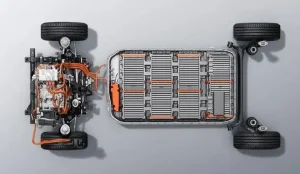
Manufacturing&Operating
MES data
Cell/pack testing data
Vehicle operating data

Data Analysis
User behavior
Driving profile
Battery data
Correlation analysis
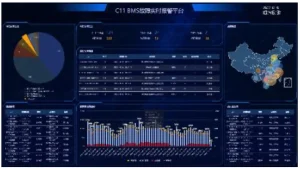
Applications
Batteryreport
SOH evaluation
Battery fault pre-warning
Life cycle management
Residual value assessment
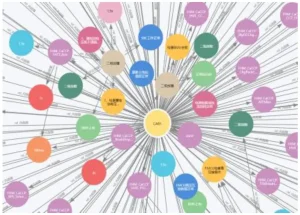
Product Quality
Fault detection
Fault diagnosis
Fault knowledge graph
AI BMS Introduction
- AI BMS expanded the BMS applications.
- SOC accuracy <3%, SOH accuracy <2%.
- Online battery fault pre-warning, the longest pre-warning time > 1 month.
- Improve BMS R&D efficiency and reduce battery after-sales maintenance costs.
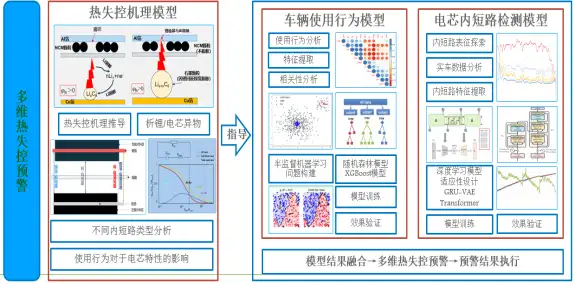
Validation Introduction
Ability for products test and verification at all kinds of working conditions throughout the whole process, from components, BMS,PACK to vehicle integration.
Walk-In Temperature Chamber
• Inner Volume: 12 m3
• Temp Range: -40℃~120℃
• Humidity Range: 20~98%RH
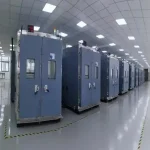
Battery Charge-Discharge Cabinet
• Maximum Voltage: 1600V
• Maximum Current: ±1600A
• Maximum Power: 600kW
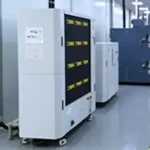
High-Low Temperature Chamber
• Double-deck
• Temp Range: -40℃~150℃
• Humidity Range: 20~98%RH
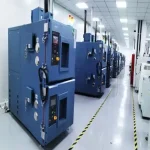
BMS-HIL Equipment of 1000V High-voltage
• 120 Cell Channels @1mv
• Real Time System 1ms
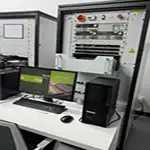
Test Type
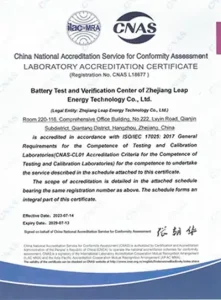
Validation Ability
Improve the safety and reliability of products by reinforcing the method of vibration, bottom shock, IPX9K, thermal runaway, drop and so on.
Vibration Enhancement
Reinforce the vibration time and strength, stimulate the operational condition of 400,000km, evaluate the vibration performance of products.
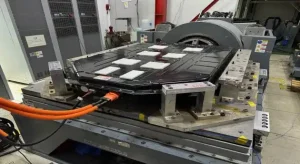
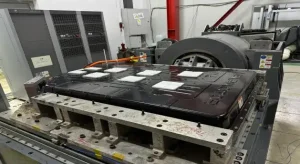
Thermal Runaway Enhancement
Stimulate the failure condition at different locations of cells in the battery pack by triggering several cells to thermal runaway, evaluate the thermal propagation performance of products.
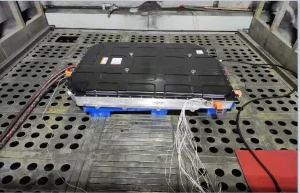
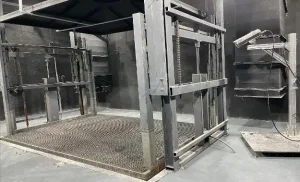
Bottom shock
The professional bottom shock equipment can stimulate the bottom shock condition in actual usage to evaluate the structural strength ofthe battery bottom.

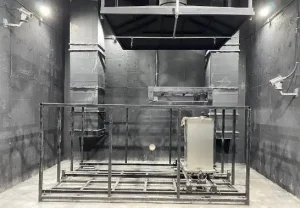
Quality Introduction
Quality Target: Defect rate of pack reduced to 1/1,000,000
Market Analysis & Client Requirements
- Product safety management
- Change management
- Organization awareness management
Design & Development
- Supply chain management
- Material management
Manufacturing
- Quality control of incoming materials
- In-process quality control
Client Complaint Management
- Traceability
- Equipment and tooling
Client Satisfaction
- Infrastructure and environmental management
- Human resources management
Quality Performance
We are committed to a quality-first strategy with zero errors, zero defects, and zero complaints. Our dedication ensures industry-leading performance that is stable, reliable, and fully guaranteed..
3MIS
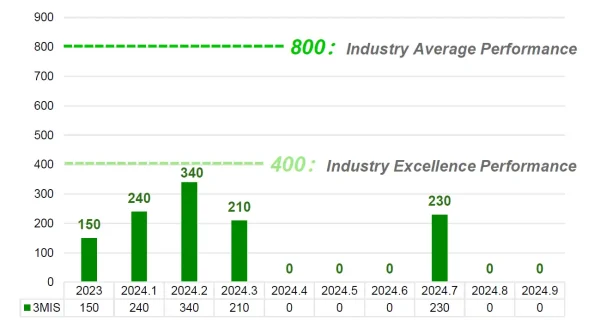
12MIS
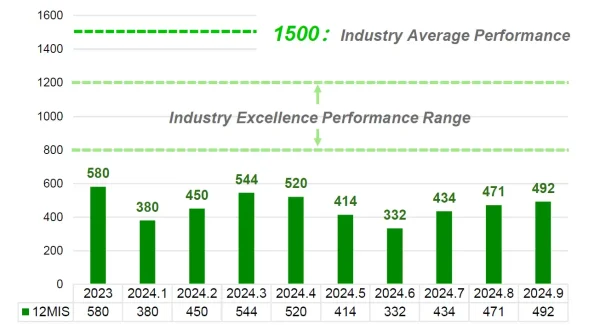
NOTE: MIS (Mechanical Intrusion Sensor) in EV battery packs detects physical damage or intrusion into the battery casing, often caused by collisions or impacts.